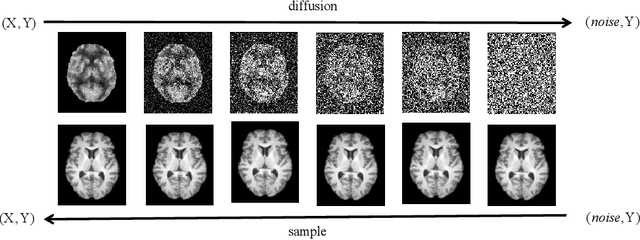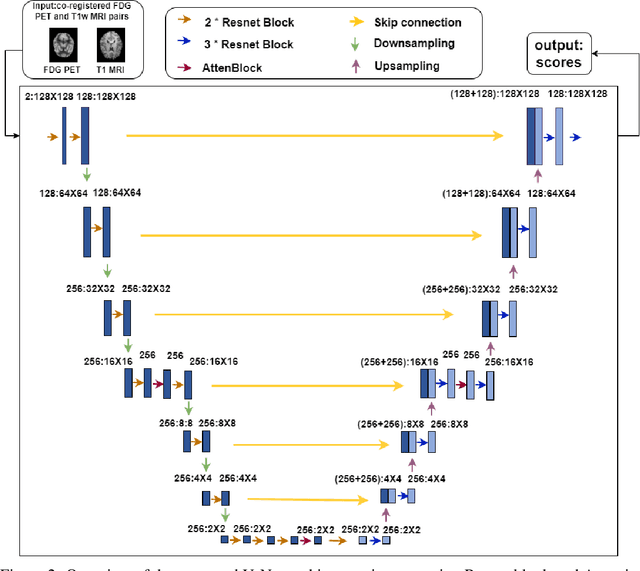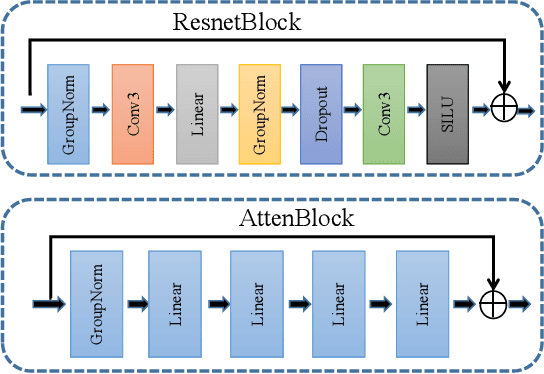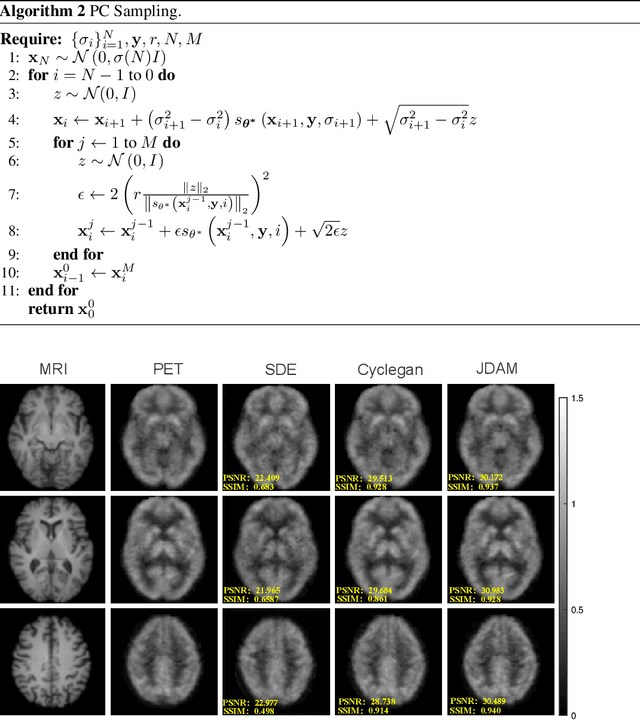Caiying Wu
Deep Inertia $L_p$ Half-Quadratic Splitting Unrolling Network for Sparse View CT Reconstruction
Aug 13, 2024



Abstract:Sparse view computed tomography (CT) reconstruction poses a challenging ill-posed inverse problem, necessitating effective regularization techniques. In this letter, we employ $L_p$-norm ($0<p<1$) regularization to induce sparsity and introduce inertial steps, leading to the development of the inertial $L_p$-norm half-quadratic splitting algorithm. We rigorously prove the convergence of this algorithm. Furthermore, we leverage deep learning to initialize the conjugate gradient method, resulting in a deep unrolling network with theoretical guarantees. Our extensive numerical experiments demonstrate that our proposed algorithm surpasses existing methods, particularly excelling in fewer scanned views and complex noise conditions.
* This paper was accepted by IEEE Signal Processing Letters on July 28, 2024
Kernel Correlation-Dissimilarity for Multiple Kernel k-Means Clustering
Mar 06, 2024Abstract:The main objective of the Multiple Kernel k-Means (MKKM) algorithm is to extract non-linear information and achieve optimal clustering by optimizing base kernel matrices. Current methods enhance information diversity and reduce redundancy by exploiting interdependencies among multiple kernels based on correlations or dissimilarities. Nevertheless, relying solely on a single metric, such as correlation or dissimilarity, to define kernel relationships introduces bias and incomplete characterization. Consequently, this limitation hinders efficient information extraction, ultimately compromising clustering performance. To tackle this challenge, we introduce a novel method that systematically integrates both kernel correlation and dissimilarity. Our approach comprehensively captures kernel relationships, facilitating more efficient classification information extraction and improving clustering performance. By emphasizing the coherence between kernel correlation and dissimilarity, our method offers a more objective and transparent strategy for extracting non-linear information and significantly improving clustering precision, supported by theoretical rationale. We assess the performance of our algorithm on 13 challenging benchmark datasets, demonstrating its superiority over contemporary state-of-the-art MKKM techniques.
* 36 pages. This paper was accepted by Pattern Recognition on January 31, 2024
A Region of Interest Focused Triple UNet Architecture for Skin Lesion Segmentation
Nov 21, 2023Abstract:Skin lesion segmentation is of great significance for skin lesion analysis and subsequent treatment. It is still a challenging task due to the irregular and fuzzy lesion borders, and diversity of skin lesions. In this paper, we propose Triple-UNet to automatically segment skin lesions. It is an organic combination of three UNet architectures with suitable modules. In order to concatenate the first and second sub-networks more effectively, we design a region of interest enhancement module (ROIE). The ROIE enhances the target object region of the image by using the predicted score map of the first UNet. The features learned by the first UNet and the enhanced image help the second UNet obtain a better score map. Finally, the results are fine-tuned by the third UNet. We evaluate our algorithm on a publicly available dataset of skin lesion segmentation. Experiments show that Triple-UNet outperforms the state-of-the-art on skin lesion segmentation.
Synthesizing PET images from High-field and Ultra-high-field MR images Using Joint Diffusion Attention Model
May 06, 2023



Abstract:MRI and PET are crucial diagnostic tools for brain diseases, as they provide complementary information on brain structure and function. However, PET scanning is costly and involves radioactive exposure, resulting in a lack of PET. Moreover, simultaneous PET and MRI at ultra-high-field are currently hardly infeasible. Ultra-high-field imaging has unquestionably proven valuable in both clinical and academic settings, especially in the field of cognitive neuroimaging. These motivate us to propose a method for synthetic PET from high-filed MRI and ultra-high-field MRI. From a statistical perspective, the joint probability distribution (JPD) is the most direct and fundamental means of portraying the correlation between PET and MRI. This paper proposes a novel joint diffusion attention model which has the joint probability distribution and attention strategy, named JDAM. JDAM has a diffusion process and a sampling process. The diffusion process involves the gradual diffusion of PET to Gaussian noise by adding Gaussian noise, while MRI remains fixed. JPD of MRI and noise-added PET was learned in the diffusion process. The sampling process is a predictor-corrector. PET images were generated from MRI by JPD of MRI and noise-added PET. The predictor is a reverse diffusion process and the corrector is Langevin dynamics. Experimental results on the public Alzheimer's Disease Neuroimaging Initiative (ADNI) dataset demonstrate that the proposed method outperforms state-of-the-art CycleGAN for high-field MRI (3T MRI). Finally, synthetic PET images from the ultra-high-field (5T MRI and 7T MRI) be attempted, providing a possibility for ultra-high-field PET-MRI imaging.
 Add to Chrome
Add to Chrome Add to Firefox
Add to Firefox Add to Edge
Add to Edge